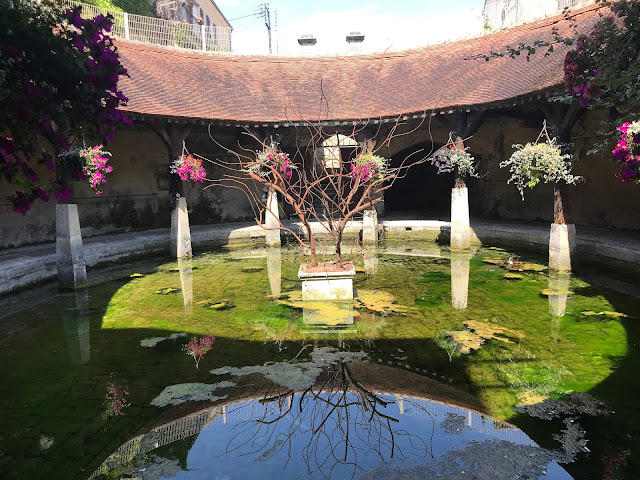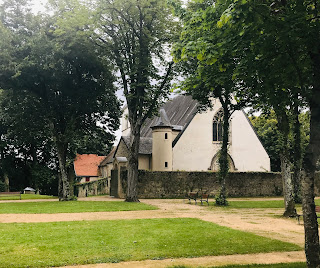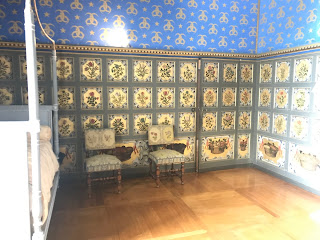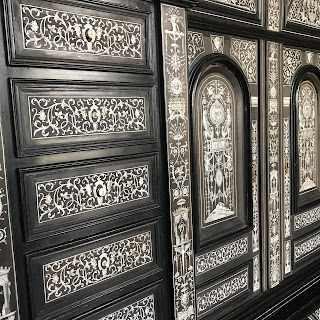Barge Date: 08-30-2021
Summer Reading
Every summer in Europe I read a good bit. Mostly everyday trash but sometimes I get serious. Remember the biography of U.S. Grant?
So this year I have gone deep with three books about France. A big (1800 pages) biography of N. Bonaparte, a complete history of the French revolution and lastly a biography of C. de Gaulle.
Napoleon by Andrew Roberts seems to cover the subject from beginning to end. I won't bore you with the details since you probably know as much as I did before undertaking this read. From the typical American educational standpoint, most would say Napoleon was a great man. In the sense that Genghis Khan was a great man then so was Napoleon. Did he do some great things? Yes. Did he do them with France in mind? Sometimes. Was he always putting himself first? Always.
Europe was a different place than it is today. Countries, empires, duchies, principalities, cities, the church, royalties, titled persons, priests, bishops, popes, sex and intrigue; all of this allowed Europe to be a mess much of the time. From Spain and Turkey to Sweden and Russia, from the seas that England ruled completely to the far east of Moscow, territory changed hands all the time. Wars, marriages and alliances were made and lost. Napoleon was part of that. From cadet to Emperor, he wanted it all. Perhaps he even asked God to step aside so he could take over.
What do you know about the French revolution? If you are American and a product of the educational system you know you just spent a day on this and no more. They stormed the Bastille, chopped off some heads, killed a king or two and everything was just fine from there on out. Just like America. The head of state probably looked like G. Washington or T. Jefferson, there were elections and life was good.
The book I read was The French Revolution by Ian Davidson.
In fact, the French revolution continued into the 20th century. New constitutions, new laws, new governments. There was really no settled form of France until de Gaulle. And that was nearly lost in the revolt of 1968.
The Americans were lucky. Their oppressor was 3,000 miles away. Had the colonies been located in south Wales or Scotland you might have seen the destruction that took place in France. Ours was a "clean" revolution. The French had a really dirty revolution and it seemed to get worse with each year until finally the head chopping stopped and reason began to take shape. But even this went on for years. New people, new constitutions, new governments, Napoleon. Compared to France, the US had a clean history (if you ignore the Civil War). France's history is very muddled.
And what do you know about de Gaulle? If you are my age you can remember seeing him (very tall) and being told that he was always against the American political position with regards to Europe, NATO and anything else. A trouble maker. Churchill wanted to like him but the Americans of WWII always thought the worst of him and did a lot to force him out and to ignore his wartime work and ambitions.
If you are younger than 40 you might not even know who de Gaulle was.
I read De Gaulle by Douglas Boyd. While the writer certainly has pro de Gaulle sentiments that puts the French leader in positive light, I have to say that my opinion of de Gaulle is now very supportive. I believe the man wanted what rightly should be France's. A place on the world stage, a French view that did not support the US in all regards, the ability to make strategic decisions that were in the interest of France. France first.
De Gaulle brought stability to France.










































































































